Swiss Chard
Swiss chard or Chard is a leafy vegetable that belongs to the Chenopodiaceae family or within the Amaranthaceae sub-family. It is part of the same species as that of beetroot. It is a highly nutritious vegetable and extremely delicious when cooked.

Swiss Chard
Table Of Content
Common Names
It is known by various other common names such as silverbeet, crab beet, mangold, seakale beet, bright lights, spinach beet, chard and perpetual spinach. It is known as Acelgas in Spanish, Cahuli Saag in Hindi, Sencheerai in Tamil and Blettes in French.
Scientific Name
Scientific name for this vegetable is Beta vulgaris.
Description
Read about the physical description of these leafy vegetables.
Size: The leaves are about 6 to 12 inches long and quite wide. The stalks are about 10 to12 inches tall.
Shape: This chenopod has large, unevenly lined and ovate shaped leaves.
Color: Fresh leaves are vibrant green and the stalks are bright red colored. Red nerves noticeably run through the green leaves.
Taste: Uncooked Swiss chard tastes bitterly pungent and mildly salty.
Texture: Roots are crunchy and fleshy. Leaves of this species are little chewier than that of spinach or kale.
Distribution
This chenopod bears its origin in Sicily. Since then, its popularity has spread widely and is now grown in almost all over the globe. However, it is more popular in Mediterranean countries.
Nutritional Facts
Find out about the nutrition content in every 100 gm of saltless cooked Swiss chard. It has 7 g of calories in per cup of chopped leaves.
| Nutrient | Amount | Percentage |
| Carbohydrates | 4.13 g | |
| Energy | 84 kJ (20 kcal) | |
| – Dietary fibers | 2.1 g | |
| – Sugars | 1.1 g | |
| Protein | 1.88 g | |
| Fat | 0.08 g | |
| Water | 92.65 g | |
| Vitamin A | 6124 IU | |
| Vitamin A equiv. | 306 μg | 38% |
| – lutein and zeaxanthin | 11015 μg | |
| – beta-carotene | 3652 μg | 34% |
| Riboflavin (vit. B2) | 0.086 mg | 7% |
| Thiamine (vit. B1) | 0.034 mg | 3% |
| Pantothenic acid (B5) | 0.163 mg | 3% |
| Niacin (vit. B3) | 0.36 mg | 2% |
| Folate (vit. B9) | 9 μg | 2% |
| Vitamin B6 | 0.085 mg | 7% |
| Vitamin C | 18 mg | 22% |
| Choline | 28.7 mg | 6% |
| Vitamin K | 327.3 μg | 312% |
| Vitamin E | 1.89 mg | 13% |
| Iron | 86 mg | 24% |
| Calcium | 58 mg | 6% |
| Manganese | 0.334 mg | 16% |
| Magnesium | 86 mg | 24% |
| Potassium | 549 mg | 12% |
| Phosphorus | 33 mg | 5% |
| Zinc | 0.33 mg | 3% |
| Sodium | 179 mg | 12% |
Heath Benefits
This leafy vegetable is highly nutritious and thus it is extremely beneficial for the health.
Immunity – Its high vitamin C content boosts up body immunity.
Eye Health – These leaves are enriched with lutein which is extremely beneficial for healthy eyes. Regular consumption of Swiss chard decelerates the process of age related eye problems.
Hair Health – It is a rich source of biotin which encourages faster hair growth and strengthens the hair roots.
Blood Corpuscle Heath – The high iron content of Swiss chard makes it a great agent to prevent anemia and healthy blood circulation. It also contains a high amount of vitamin K, which prevents too much of bleeding and bruising.
Brain Health – Vitamin K, present in this green vegetable, is vital for the myelin sheath formation. It is also essential for the proper functioning of the nervous system and the brain.
Cancer Protection – The phytochemicals, chlorophyll, fibers and other healthy plant pigments contained in this vegetable make it a super food that protects cancer indulging agents.
Healthy Bones – High amount of calcium, magnesium and vitamin K content in these leaves plays a key role in strengthening the bones, as well, as the teeth.
Regulates Blood Sugar – The syringic acid and fiber present in Swiss chard check the blood sugar level in diabetes patients.
Anti-oxidant – This leafy vegetable is a rich source of multiple powerful anti-oxidants such as kaempferol, quercetin, zeaxanthin, lutein, zinc, vitamin C, vitamin E, beta-carotene and many more.
Side Effects
People with a kidney stone medical history should avoid consuming this otherwise nutritious leafy vegetable. It contains oxalic acid, which enhances oxalate stone risk.
During Pregnancy
Swiss chard is safe to consume during pregnancy and lactation period. However, expert advice should be consulted before eating it because during women undergo many hormonal and physiological changes during this period.
Uses
There are many more uses of Swiss chard apart from its edibility.
Edible Use
It is boiled, baked, curried, fried and sautéed in many dishes throughout the world.
Medicinal Use
Romans used to regard the medicinal properties of this vegetable since ancient days. The leaves can be used as a traditional poultice, to stop bleeding from injuries. Its juice is given to anemic patients for faster recovery in blood count.
Other Use
It is often grown as an ornamental plant in gardens. The vibrant green leaves, lined by ruby-red nerves and candy-apple shade of red stalks beautify the garden marvellously.
How to cook Swiss chard?
Wash the leaves and the roots very well since they are host to many parasites, besides collecting dirt and soil. Experts suggest that this vegetable should be boiled for more than 3 min. before cooking it.
Recipe
This delicious and nutritious leafy vegetable can be prepared in various recipes.
- Sautéed swiss chard
- Swiss chard quiche
- Swiss chard chips
- Rainbow swiss chard
- Swiss chard pasta
- Swiss chard soup
- Swiss chard salad
- Swiss chard gratin
- Swiss chard casserole
- Swiss chard frittata
- Swiss chard lasagna
- Swiss chard tart
- Swiss chard pie
- Swiss chard smoothies
- Swiss chard pesto
- Creamed swiss chard
- Swiss chard pizza
- Swiss chard juice
- Steamed swiss chard
- Stuffed swiss chard
- Braised swiss chard
Availability
It is available between the months of April and August in colder countries. In temperate climatic countries, it is available almost throughout the year.
Storage
It should be stored in an air-tight plastic bag, and the rest of the air that slipped inside while putting the leaves in the bag should be squeezed out. Keep the plastic bag in the fridge. Do not wash the vegetable beforehand because water and moisture spoils the leaves.
Freezing Swiss chard is the best way to store it for about 5 days. The leaves can be frozen as a whole or chopped.
Fun Facts
Know some fun facts about this green, leafy vegetable.
- The word “swiss” in Swiss refers to Sicily.
- Boiling this vegetable in an uncovered pot and letting the water evaporate decreases the acidity indulging properties in it.
- To make the leaves and the stalks equally soft, cook the stalks before the leaves.
- Growing Swiss chard is very easy. It can be grown in the kitchen garden or backyard
Pictures
See the pictures of Swiss chard below in here to identify it correctly. See how the holed and twisted leafed ones look like which should be avoided as they are not fresh stock.
Reference:
http://en.wikipedia.org/wiki/Chard
https://www.canadianliving.com/health/nutrition/article/4-ways-swiss-chard-can-boost-your-health
https://www.stylecraze.com/articles/swiss-chard-benefits/
https://www.bbcgoodfood.com/glossary/swiss-chard-glossary
https://www.healthline.com/nutrition/swiss-chard
- by anwiksha
- April 12th 2013

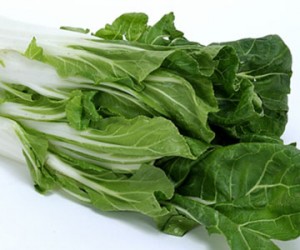
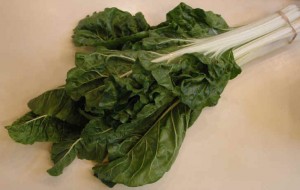
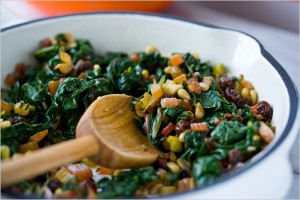
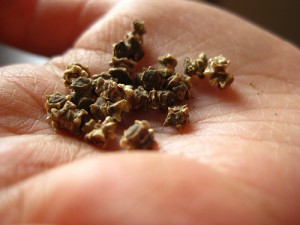
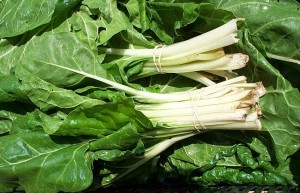
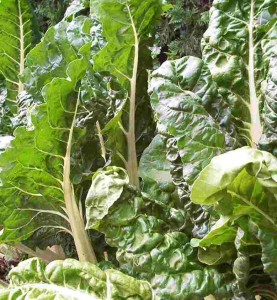
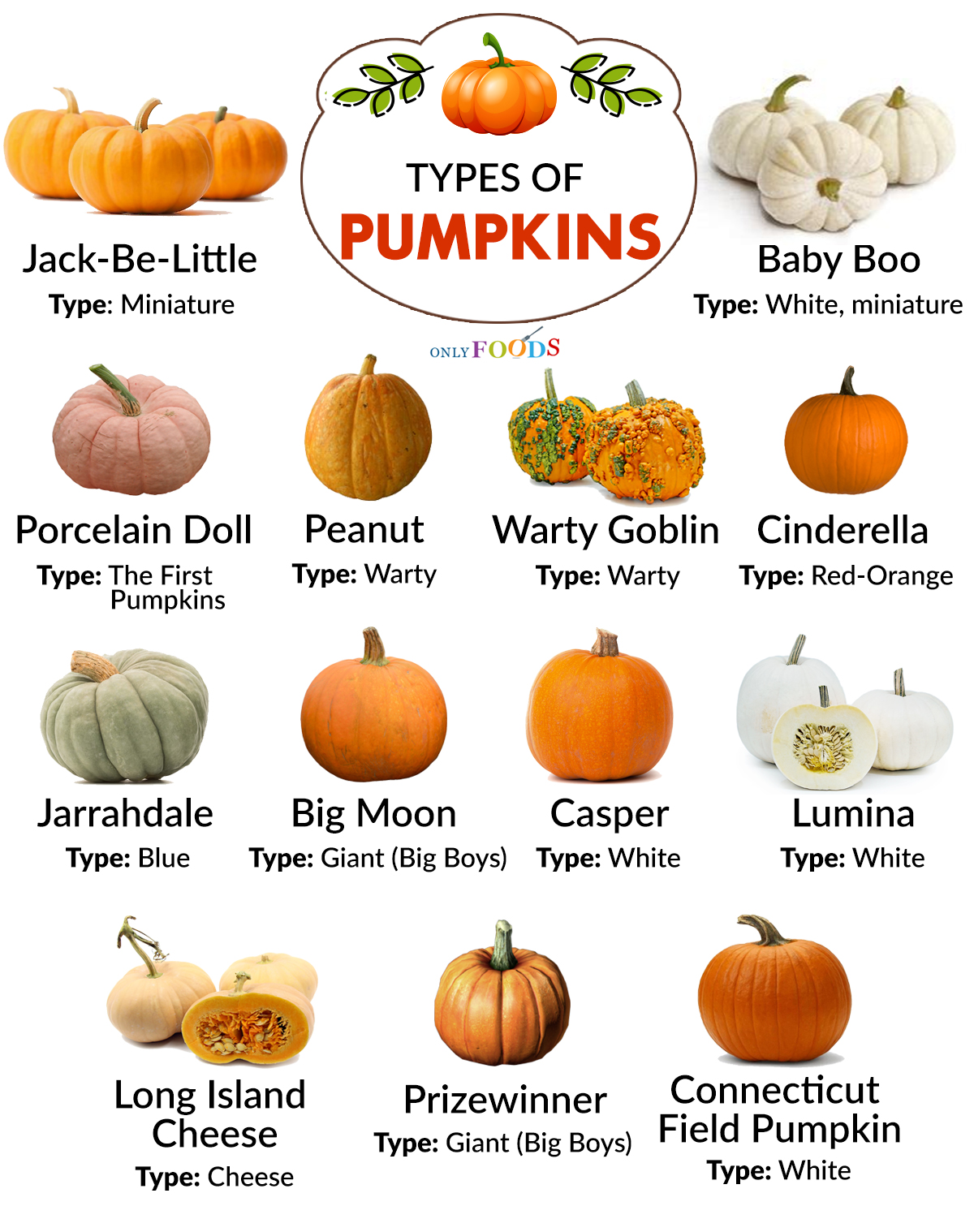
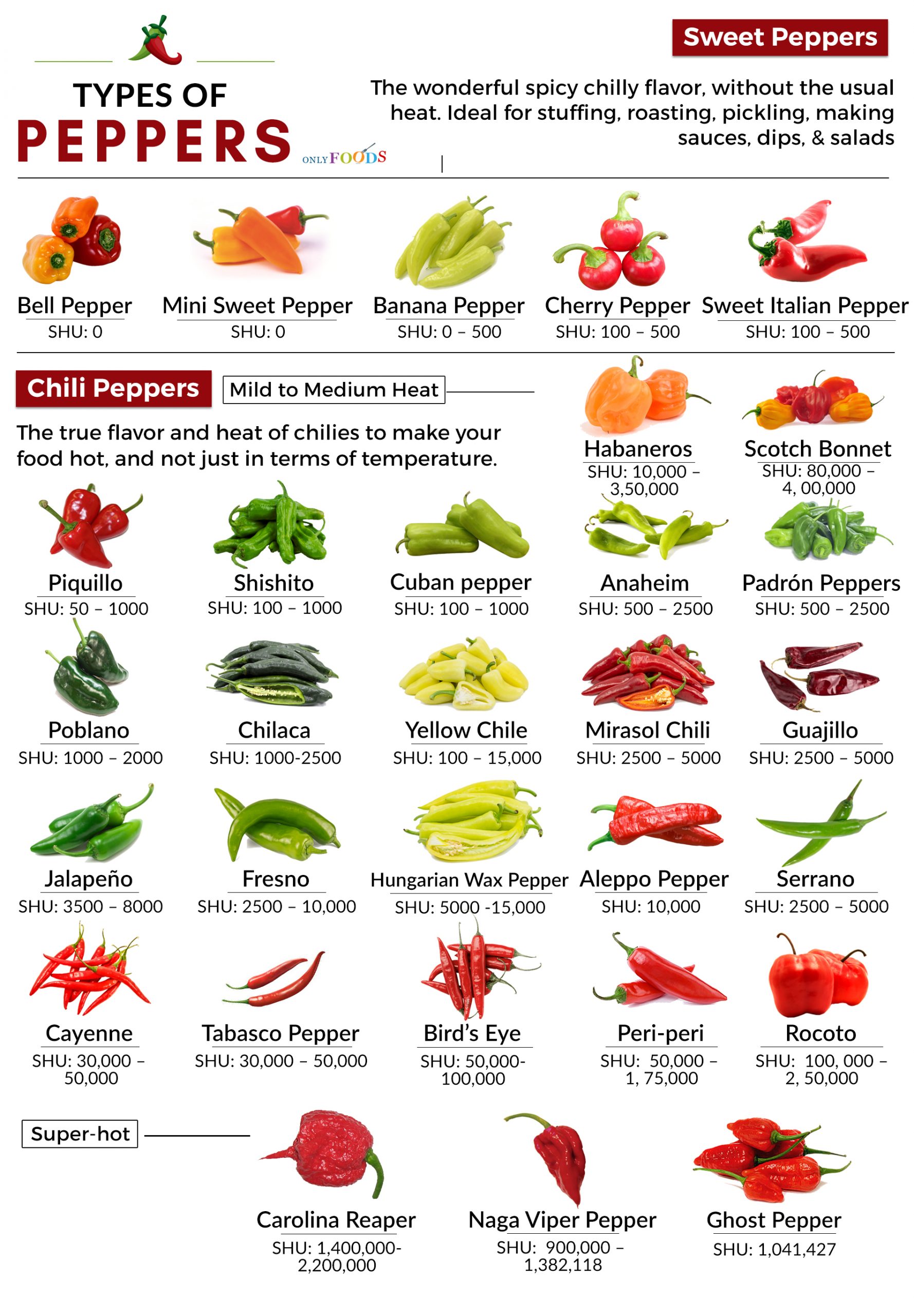
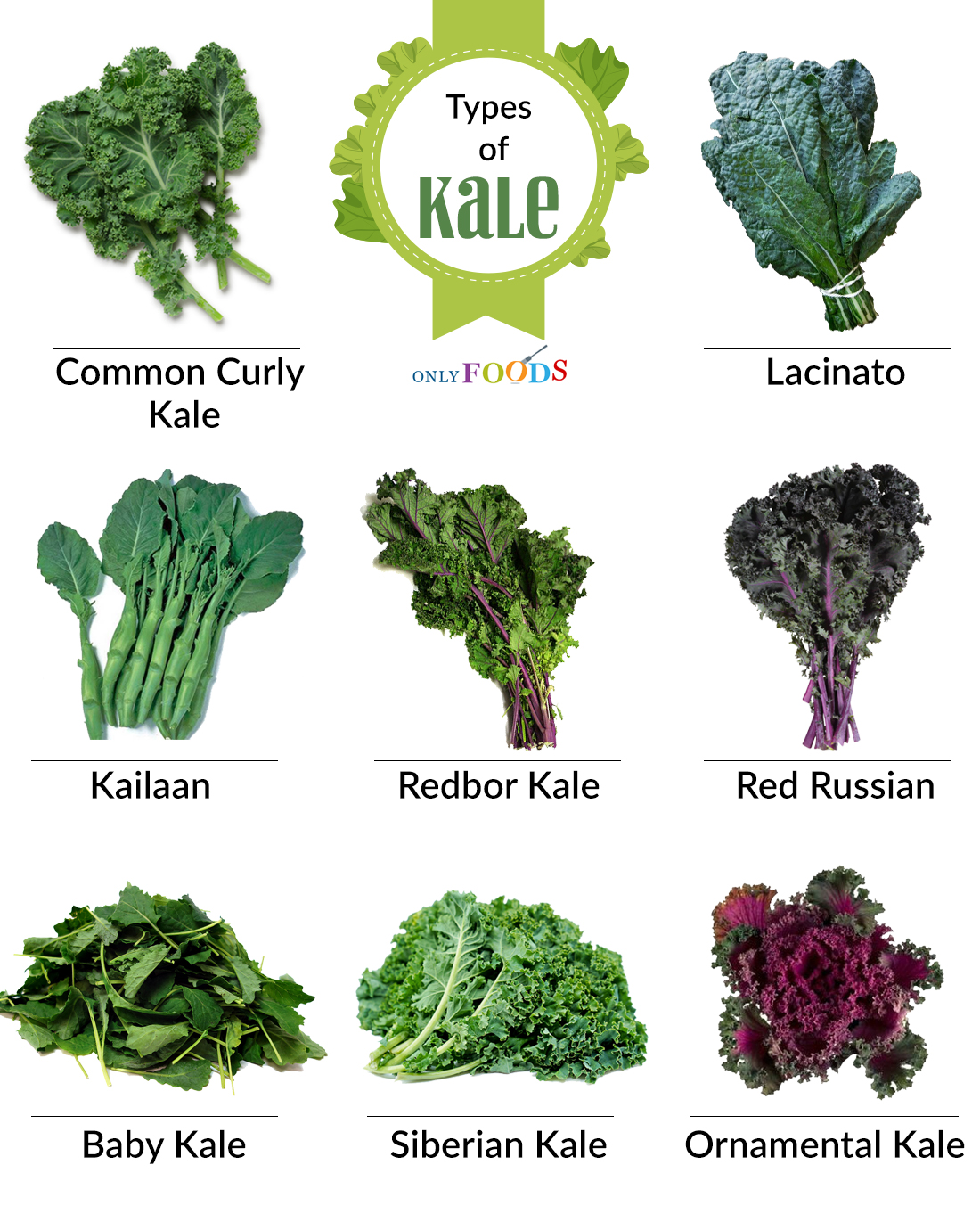
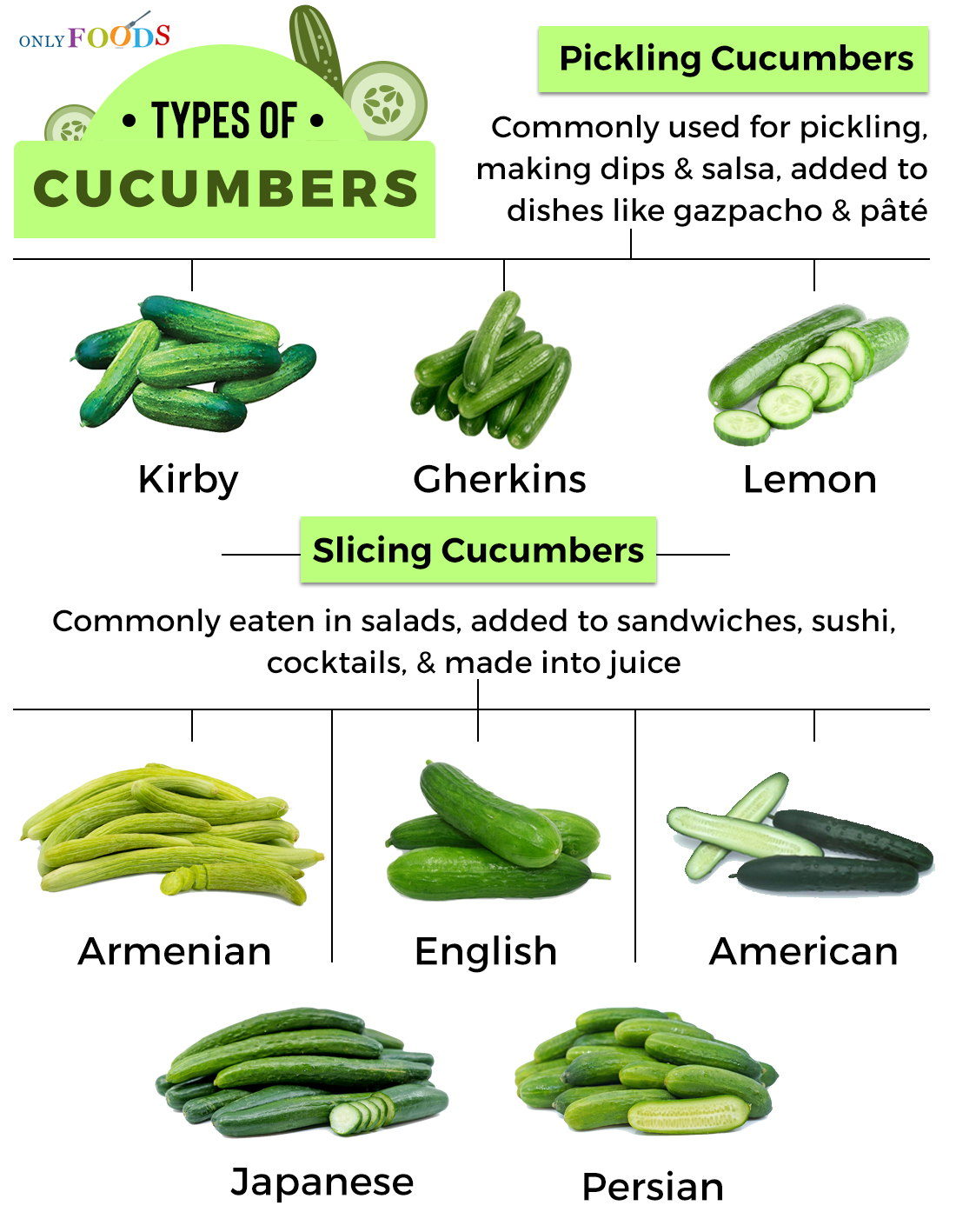















Leave a Reply